Six Hats - Structured Thinking Tool

Welcome! Ready to explore the Six Hats Method for creative problem-solving?
Empower Decisions with AI-Powered Perspectives
What factual information do we need to consider for this problem?
How do you feel about this situation?
What are the potential risks and downsides?
What are the possible positive outcomes and benefits?
Get Embed Code
Understanding Six Hats
The Six Hats method, conceptualized by Edward de Bono, is a powerful and practical tool designed to facilitate more effective, structured, and comprehensive discussions and decision-making processes. It metaphorically employs six colored hats, each representing a different mode of thinking. This approach enables individuals and groups to navigate complex problems or explore opportunities by systematically shifting perspectives. For example, a team facing a product development challenge might use the Six Hats to ensure they thoroughly examine all aspects of the situation—ranging from data analysis (White Hat) to creative brainstorming (Green Hat) and contingency planning (Black Hat). Powered by ChatGPT-4o。

Functions of Six Hats
Facilitate Structured Discussion
Example
In project planning meetings, team members can wear the 'Blue Hat' to manage the discussion flow, ensuring that all aspects, such as risks ('Black Hat') and benefits ('Yellow Hat'), are systematically addressed.
Scenario
A team working on a new marketing strategy employs the Blue Hat to organize their meeting, leading to a more focused and productive session that covers all necessary viewpoints.
Enhance Creative Problem-Solving
Example
The 'Green Hat' is used in brainstorming sessions to encourage creative and lateral thinking, pushing the team to think outside the box and propose innovative solutions.
Scenario
A software development team uses the Green Hat to generate new features for an app, leading to the identification of a unique user engagement tool that significantly differentiates their product in the market.
Improve Decision Making
Example
By sequentially utilizing all hats, individuals or teams can make balanced and well-considered decisions, taking into account facts ('White Hat'), emotions and intuitions ('Red Hat'), and potential obstacles ('Black Hat').
Scenario
An entrepreneur evaluates a new business opportunity, using all Six Hats to thoroughly assess the viability, market potential, risks, and their own passion for the project before making a decision.
Who Benefits from Six Hats
Business Teams
Teams in corporate settings, especially those involved in project management, strategic planning, and innovation, can leverage the Six Hats to enhance collaboration, reduce conflict, and foster a culture of constructive critique and creative thinking.
Educators and Students
In academic environments, teachers can use the Six Hats to structure discussions, debates, and problem-solving exercises, helping students develop critical thinking, empathy, and collaborative skills.
Individual Decision-Makers
Entrepreneurs, freelancers, and professionals facing complex decisions or creative challenges can use the Six Hats method to explore different perspectives, mitigate biases, and arrive at more rounded and informed decisions.

How to Use Six Hats
1
Begin your journey by exploring yeschat.ai, where you can enjoy a free trial without the need for registration or a ChatGPT Plus subscription. This initial step ensures easy access and a seamless start.
2
Identify your objective or challenge. Whether it's problem-solving, decision-making, or exploring new ideas, having a clear goal will guide the effective use of the Six Hats method.
3
Gather your team or prepare to work individually. The Six Hats method can be applied in both group settings and solo work, enhancing collaboration or personal reflection.
4
Sequentially apply each of the Six Hats, dedicating time to explore every perspective. This step-by-step approach facilitates comprehensive analysis and creativity.
5
Reflect and take action. After exploring all angles, synthesize the insights gained to make informed decisions or develop innovative solutions.
Try other advanced and practical GPTs
Job Finder Pro Plus
Empower Your Career with AI

CAPTCHA Wizard
AI-powered security for your website
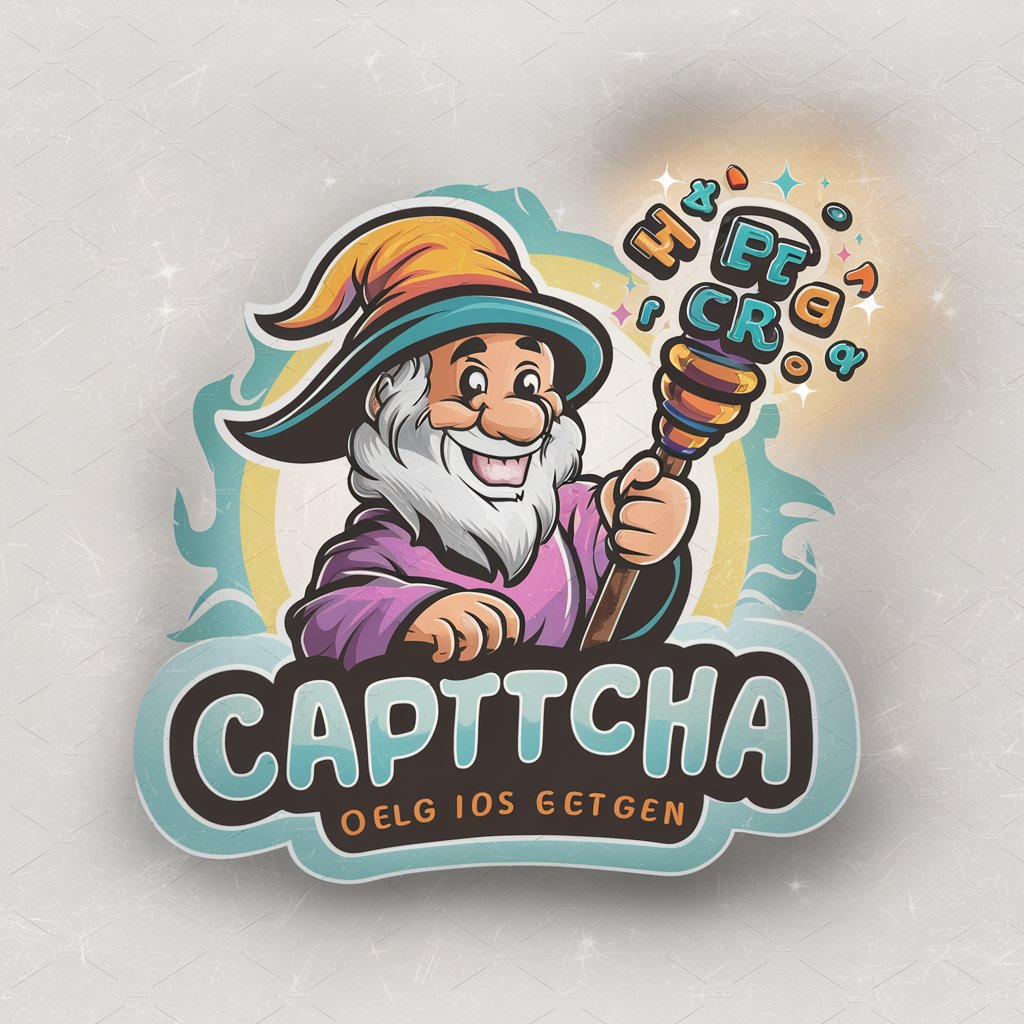
タスケ
Empowering resilience with AI-guided support.
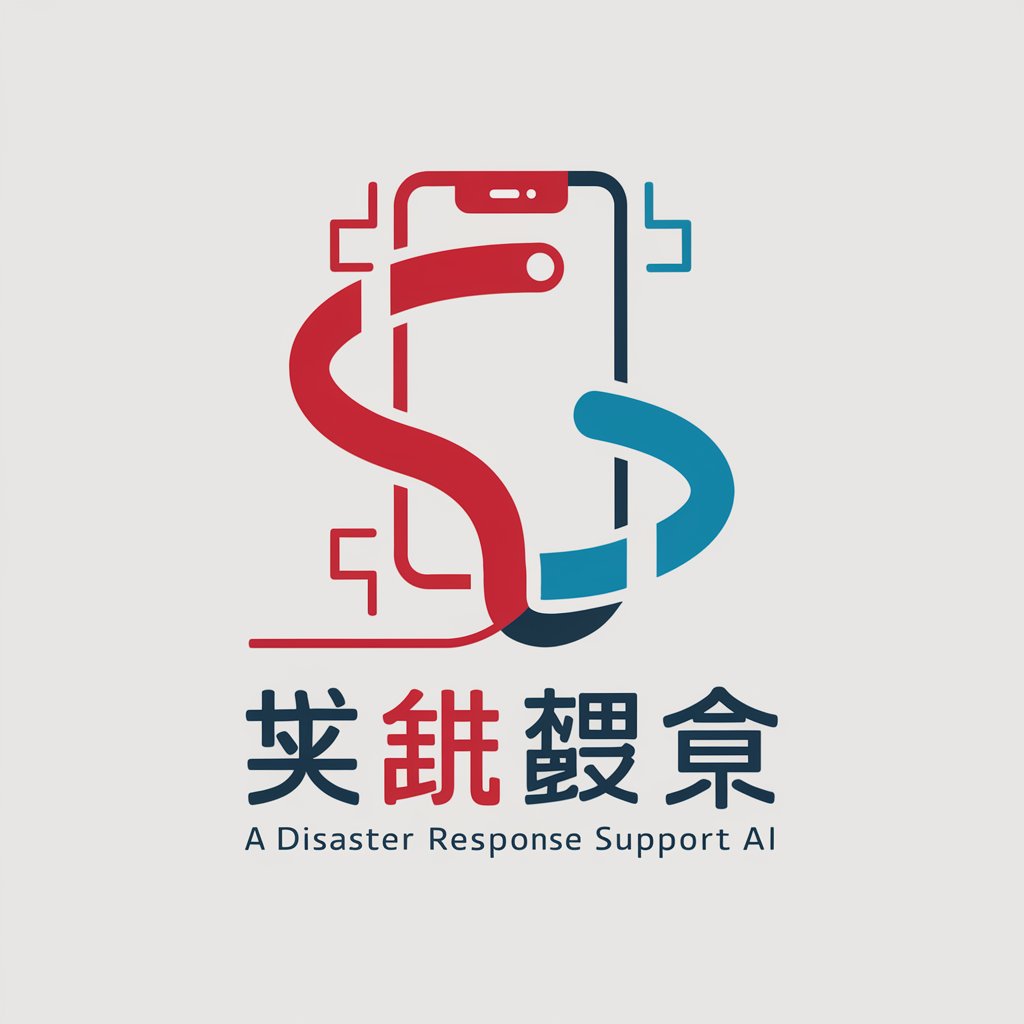
AI-powered Options Trader
Elevate Your Trading with AI

She meaning?
Empowering creativity and knowledge with AI.
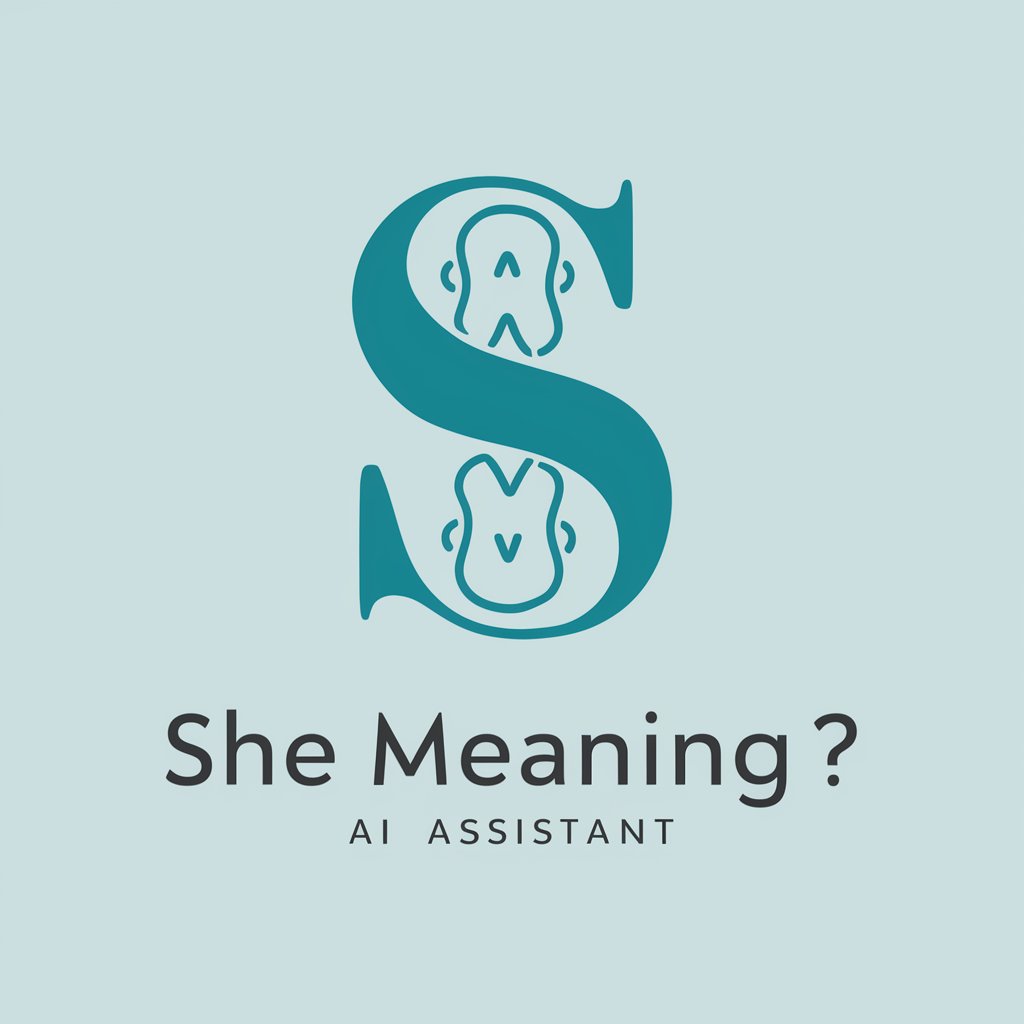
KITS.AI blog creator
Empower Your Writing with AI

旧辰年グリーティングカードベース画像作成機
Craft Your Dragon-Themed Greetings with AI
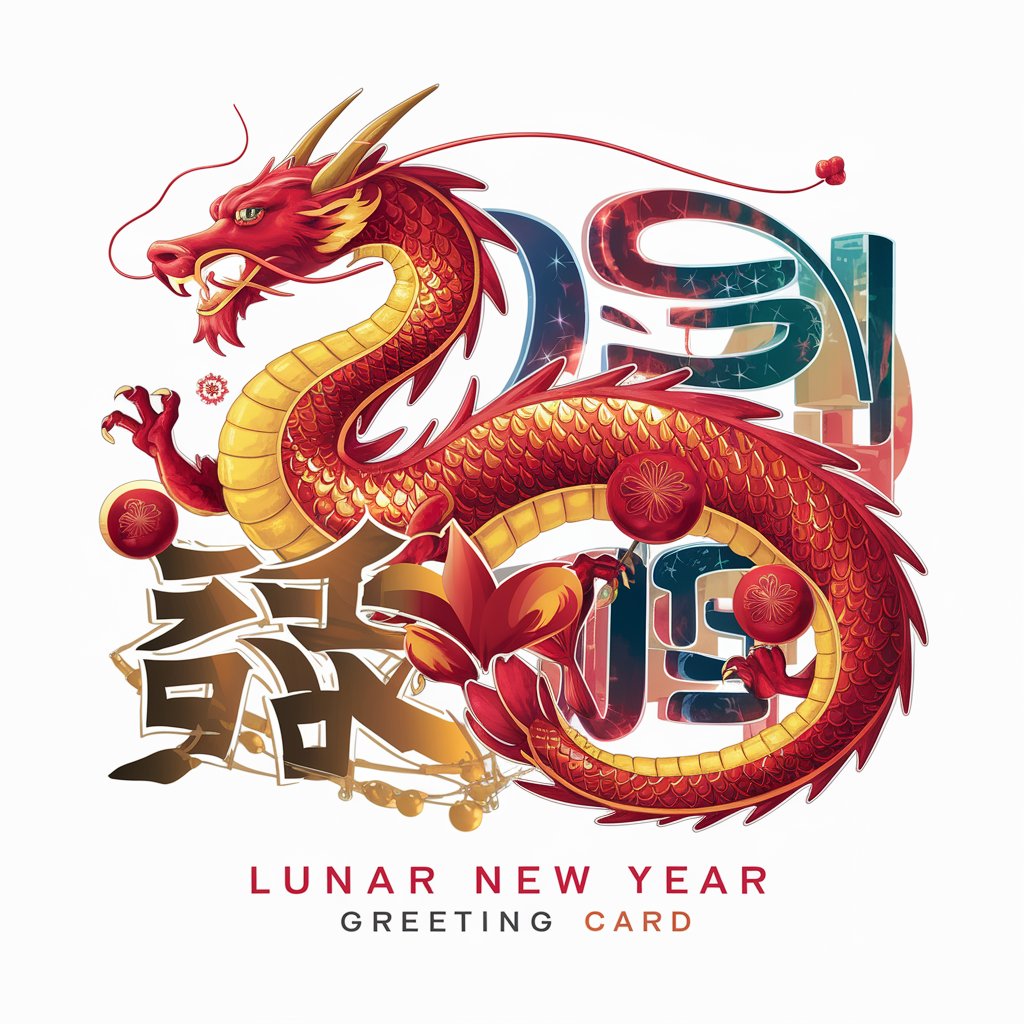
Calculator for CD Interest - Powered by A.I.
Maximize your CD investments with AI precision.
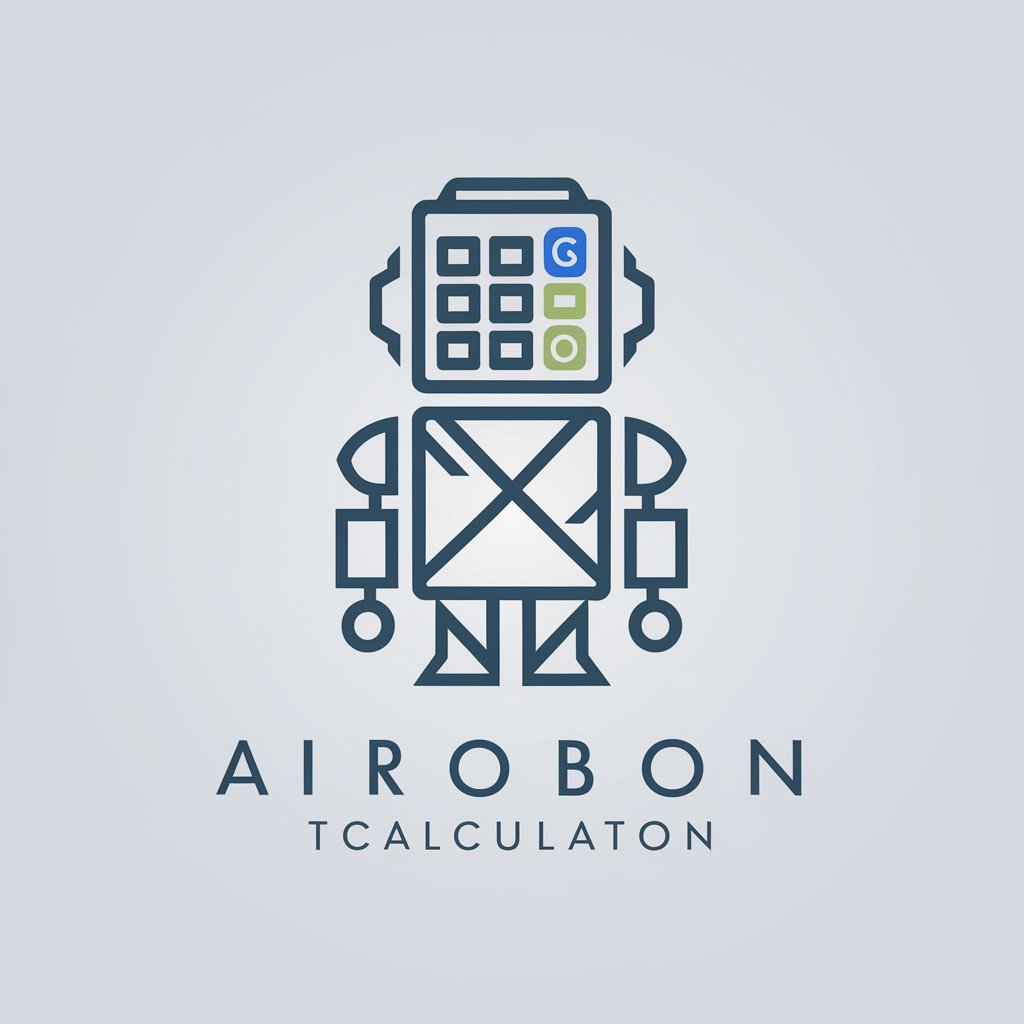
The Insight Hunter
Unlocking Deep Insights for Impactful Copy

A República de Platão
Unlocking Platão's Philosophical Insights
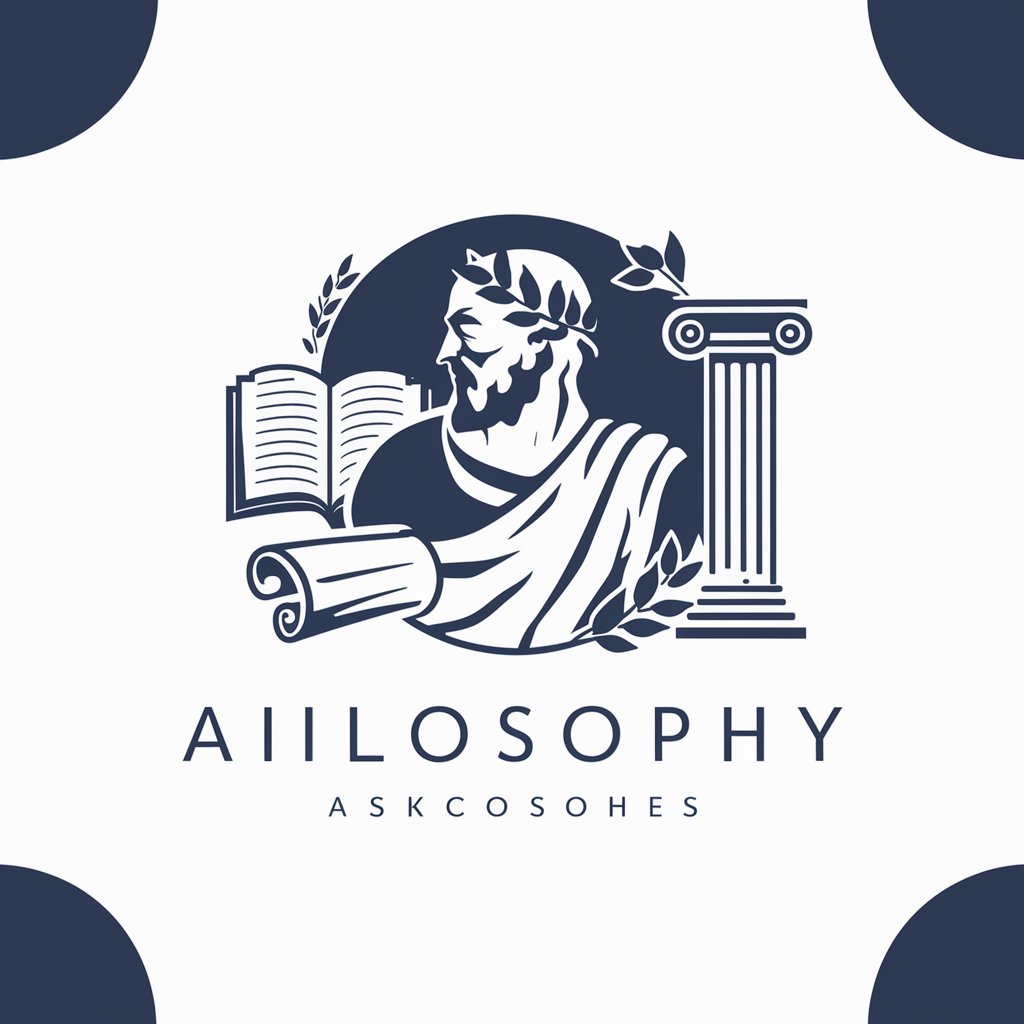
[817] ST - Insights
Empowering Innovation with AI
![[817] ST - Insights](https://r2.erweima.ai/i/9JGT2SVnQSyu_HHnl8AJ6A.png)
# 1 Niagara Region Printing
Empowering Your SEO Journey with AI

Six Hats Q&A
What is the Six Hats method?
The Six Hats method is a structured thinking approach that segments thinking into six distinct modes—factual (White), emotional (Red), critical (Black), optimistic (Yellow), creative (Green), and process-oriented (Blue). This methodology facilitates focused discussion and decision-making.
Can the Six Hats method be used in education?
Absolutely. The Six Hats method is highly effective in educational settings, encouraging students to explore different perspectives, enhance critical thinking skills, and engage in collaborative learning.
How can Six Hats aid in conflict resolution?
By enabling individuals or groups to explore all sides of a conflict from emotional, factual, creative, and logical viewpoints, the Six Hats method promotes empathy, understanding, and comprehensive resolution strategies.
Is the Six Hats method suitable for personal use?
Yes, it can be applied personally for self-reflection, decision-making, and problem-solving, helping individuals explore different facets of a situation or challenge.
How does the Six Hats method enhance team collaboration?
It encourages diverse thinking and open communication, reduces confrontation, and allows every team member to contribute from various perspectives, leading to more holistic and innovative solutions.
